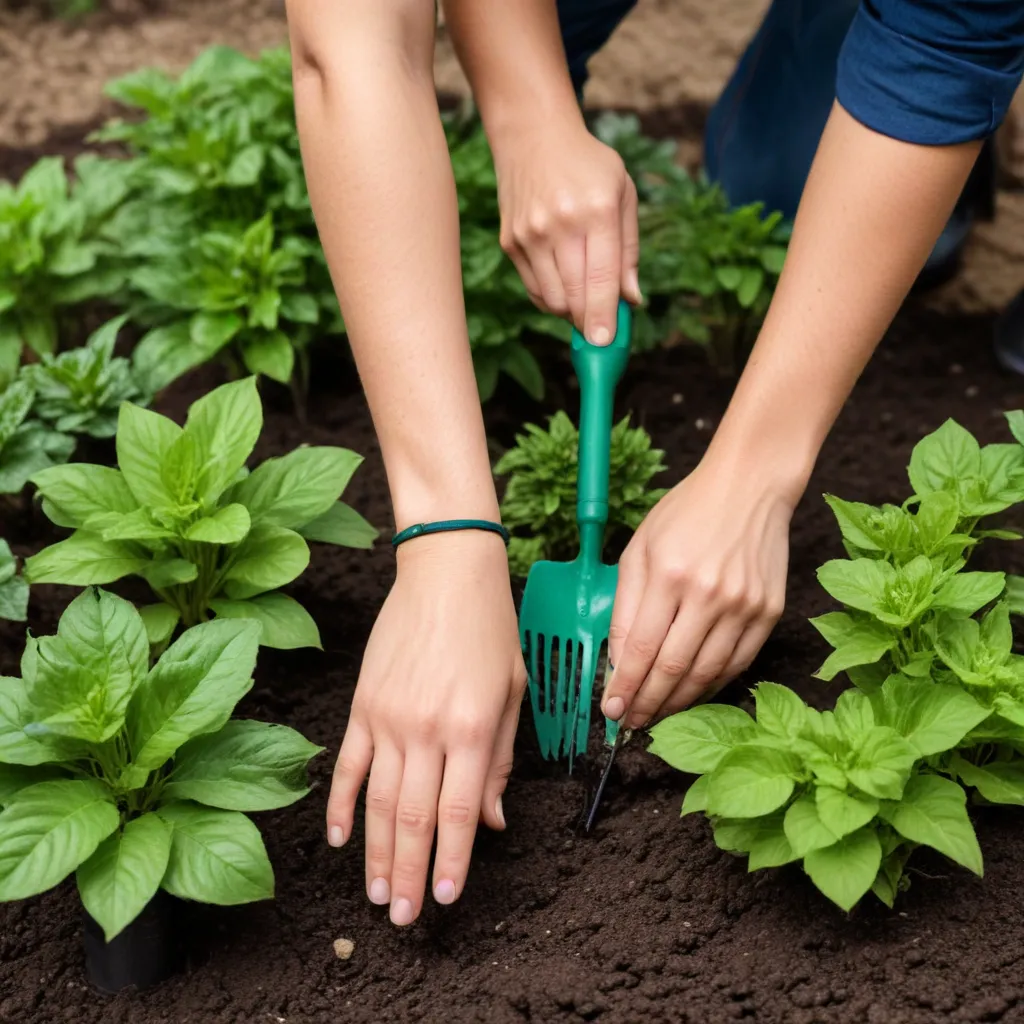
As a hospitality and wine expert for the Wine Garden Inn, I’ve had the pleasure of exploring the intersection of viticulture, culinary delights, and the joys of tending to a bountiful garden. While our estate-grown produce and gourmet breakfasts are the talk of the town, I believe the true heart of our inn lies in the passion we share for cultivating a thriving green space.
Whether you’re a seasoned gardener or just starting to dabble in the world of horticulture, maintaining a healthy, vibrant garden can be a rewarding and therapeutic pursuit. In this article, I’ll share a wealth of practical tips and tricks to help you develop a true green thumb and nurture your outdoor oasis.
Types of Gardens
At the Wine Garden Inn, we take great pride in our diverse array of gardens, each one tailored to the unique needs and preferences of our guests. From the lush vegetable garden that supplies our kitchen to the fragrant flower garden that greets visitors at the entrance, there’s something for everyone to enjoy.
Our herb garden is particularly noteworthy, as it serves as the foundation for many of our signature dishes and allows us to explore the rich interplay between fresh, flavorful ingredients and the perfect wine pairing. Whether you’re looking to grow your own culinary herbs or create a vibrant floral display, the principles of successful gardening remain the same.
Soil Preparation
The foundation of any thriving garden lies in the quality of the soil. Before you even begin planting, it’s essential to take the time to properly prepare your garden beds. Start by conducting a soil test to determine the pH level and nutrient content of your soil. This information will guide you in selecting the right soil amendments to ensure optimal growing conditions.
If your soil is lacking in nutrients or has poor drainage, consider incorporating compost or other organic matter to enrich the earth. For those with limited space, raised beds can be a game-changer, allowing you to customize the soil mix and provide your plants with the perfect growing medium.
Planting Techniques
Once your soil is primed and ready, it’s time to start the exciting process of planting. For many gardeners, seed starting is a beloved tradition, allowing you to nurture your plants from the very beginning and watch them grow into vibrant, healthy specimens. When it comes time to transplant, be sure to handle your seedlings with care, gently loosening the roots and giving them ample space to thrive.
For those who prefer a more immediate gratification, direct sowing can be a great option, especially for quick-growing crops like leafy greens and radishes. Just be mindful of the appropriate planting depth and spacing to ensure your plants have room to develop.
Watering and Irrigation
Proper watering is essential for the health and longevity of your garden. Establish a consistent watering schedule, taking into account factors like weather, soil type, and plant needs. Avoid over-watering, which can lead to root rot and other problems, and be sure to water deeply to encourage robust root systems.
For those with larger gardens or limited time, irrigation systems can be a game-changer, allowing you to efficiently deliver water to your plants with minimal effort. From drip lines to sprinklers, there are a variety of options to suit your garden’s unique requirements.
Pest and Disease Management
No matter how diligent you are, your garden will inevitably face its fair share of pests and diseases. The key is to stay proactive and vigilant, regularly inspecting your plants for any signs of trouble. Identify the root cause of the problem, whether it’s aphids, powdery mildew, or fungal infections, and implement organic solutions or, if necessary, targeted chemical controls.
Prevention is often the best medicine, so consider incorporating companion planting strategies or using beneficial insects to help keep your garden in balance.
Fertilizing and Nutrition
Just like any living organism, your plants require a steady supply of essential nutrients to thrive. Incorporate a balanced fertilizer into your gardening routine, paying attention to the application methods and timing to ensure your plants are getting the nourishment they need.
Keep an eye out for any nutrient deficiencies, such as yellowing leaves or stunted growth, and address them promptly to keep your garden in peak condition.
Garden Maintenance
Maintaining a thriving garden is an ongoing process, but the rewards are well worth the effort. Stay on top of weeding, which can quickly overtake your carefully cultivated beds if left unchecked. Regular pruning and mulching will also help keep your plants healthy and reduce the workload down the line.
Garden Design and Layout
When it comes to creating a visually stunning and functionally efficient garden, thoughtful design and layout are key. Experiment with different bed arrangements and plant groupings to maximize space and enhance the overall aesthetic. Don’t forget to incorporate elements like pathways and borders to guide the flow of your garden and add a touch of charm.
Whether you’re a seasoned gardener or a newcomer to the world of horticulture, the tips and tricks outlined in this article will help you cultivate a thriving, vibrant garden that is as beautiful as it is bountiful. And don’t forget to visit us at the Wine Garden Inn to see firsthand how we’ve harnessed the power of nature to create a truly exceptional hospitality experience.
